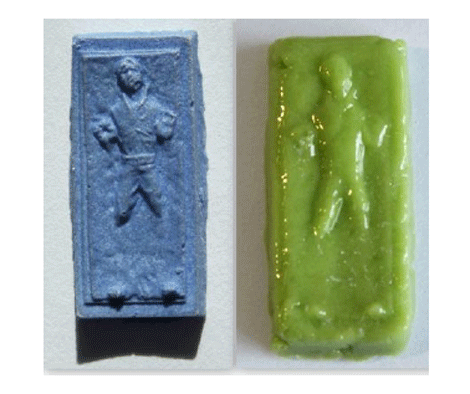
HP Labs has already been playing around with glass printing, comparing particle sizes and firing of the glass prints
We’ve waited expectantly for technology giant HP to launch its ‘industrial 3D printing’ technology for some time, yet a recent job posting suggests that we all might be off target.
In the ad, the job description reads: “HP Labs’ research into printing of inorganic materials is working towards hybrid printing of glass (and other inorganic materials) onto items that are already mass produced.
“As part of this activity we have a vacancy for someone primarily with experience in robotics, to lead the building of novel prototype robotic platforms that will be used to produce 3D printed structures on the surface of objects that are not planar.”
This sounds like an incredible departure from the current industrial applications being honed by established 3D printing companies, yet the researchers at Gigaom have unearthed a HP Labs document from 2012 referring to its exploration of printing 3D objects in transparent glass.
As it explains, glass might be particularly suitable for 3D printing:
As part of the RAGNAROK (Research on Advancing Glass & Nonorganic Applications to Recreate Objects & Kinetics) project in HP Labs, we identified glass as a promising candidate for additive manufacturing based on 3-D printing methods. Glass is a silica-based material. With 90% of the earth’s crust composed of silicate minerals, there will be no shortage of silica resources. Glass is easy to recycle and is environmentally friendly. Glass is inexpensive but looks precious, is pleasant to the touch and is so familiar that customers will not be disappointed by its fragility— under certain conditions.
The job would appear to be to join the Bristol-based HP Lab research group into new materials for displays and 3D printing.
Some of you might actually be qualified, so take a look here.
Earlier this year HP launched its PageWide inkjet technology for industrial 2D printing. Having spoken with the engineers behind the technology we found that it could theoretically be tweaked to print in 3D.
With the R&D team having spent 10 years on the chemical testing for its ‘inks’ we’re still optimistic that this will reach market.
Read more about this technology here.






